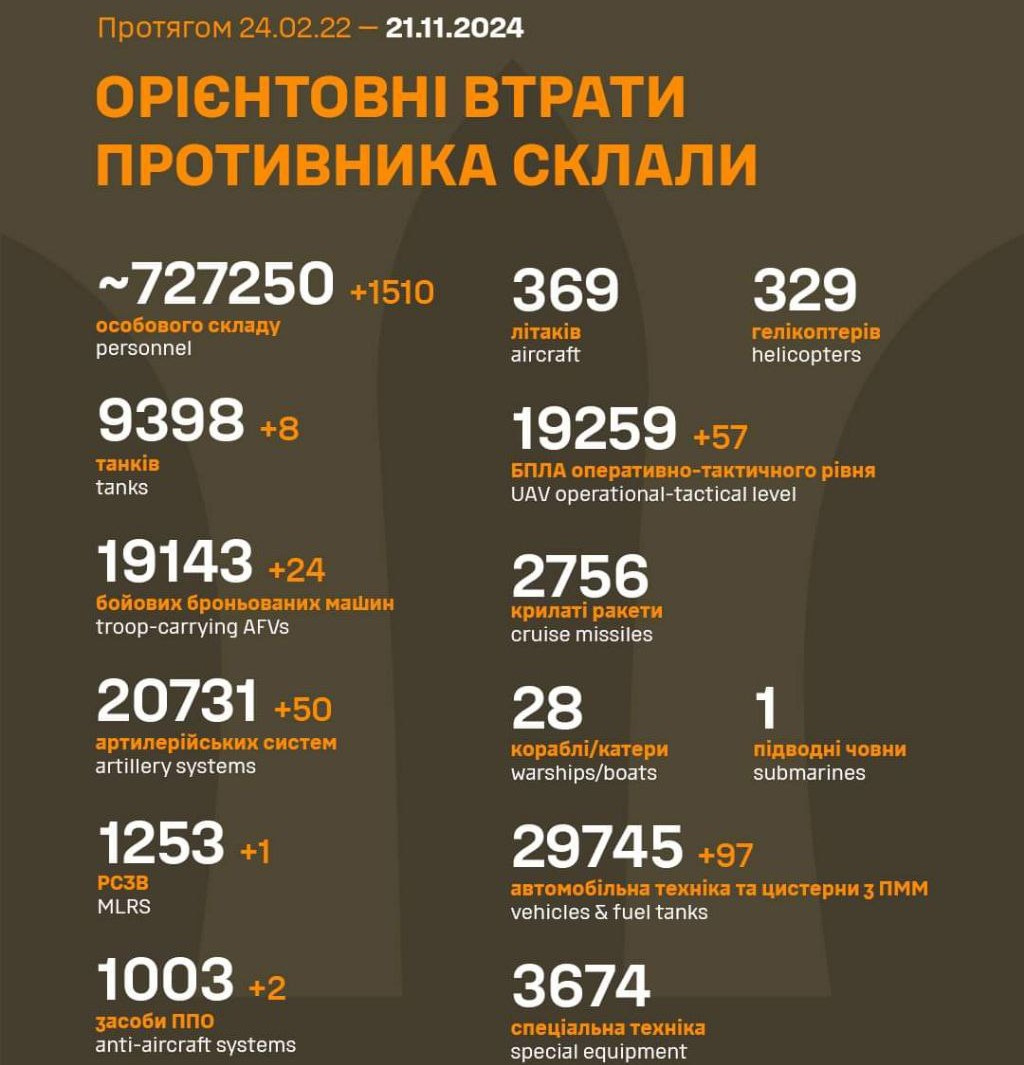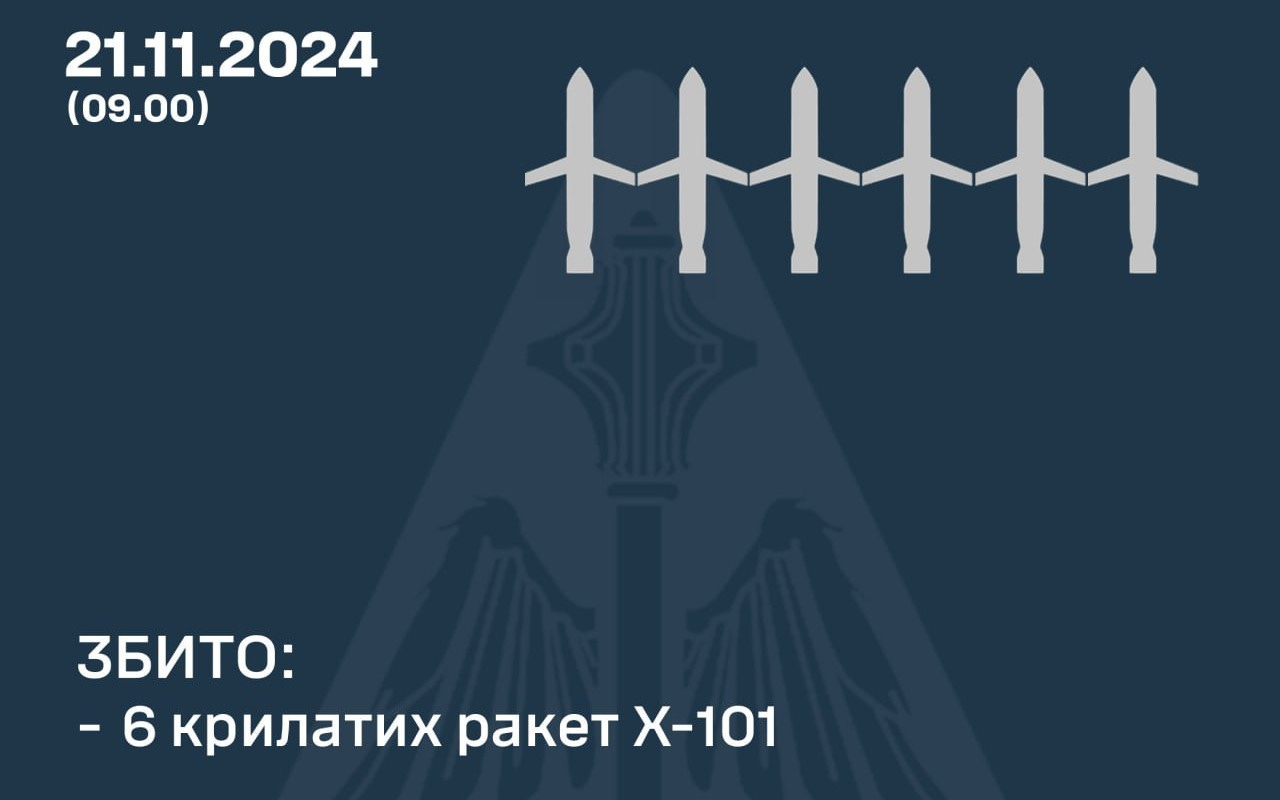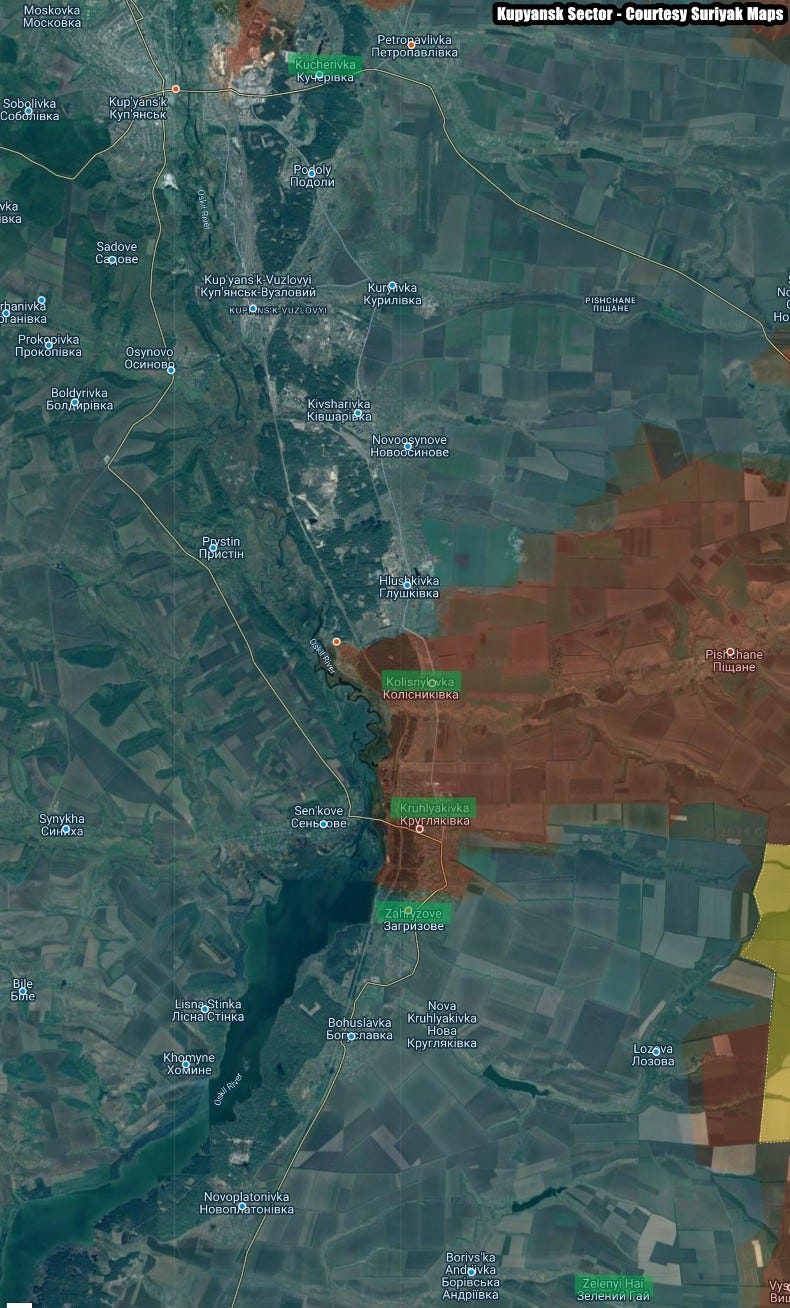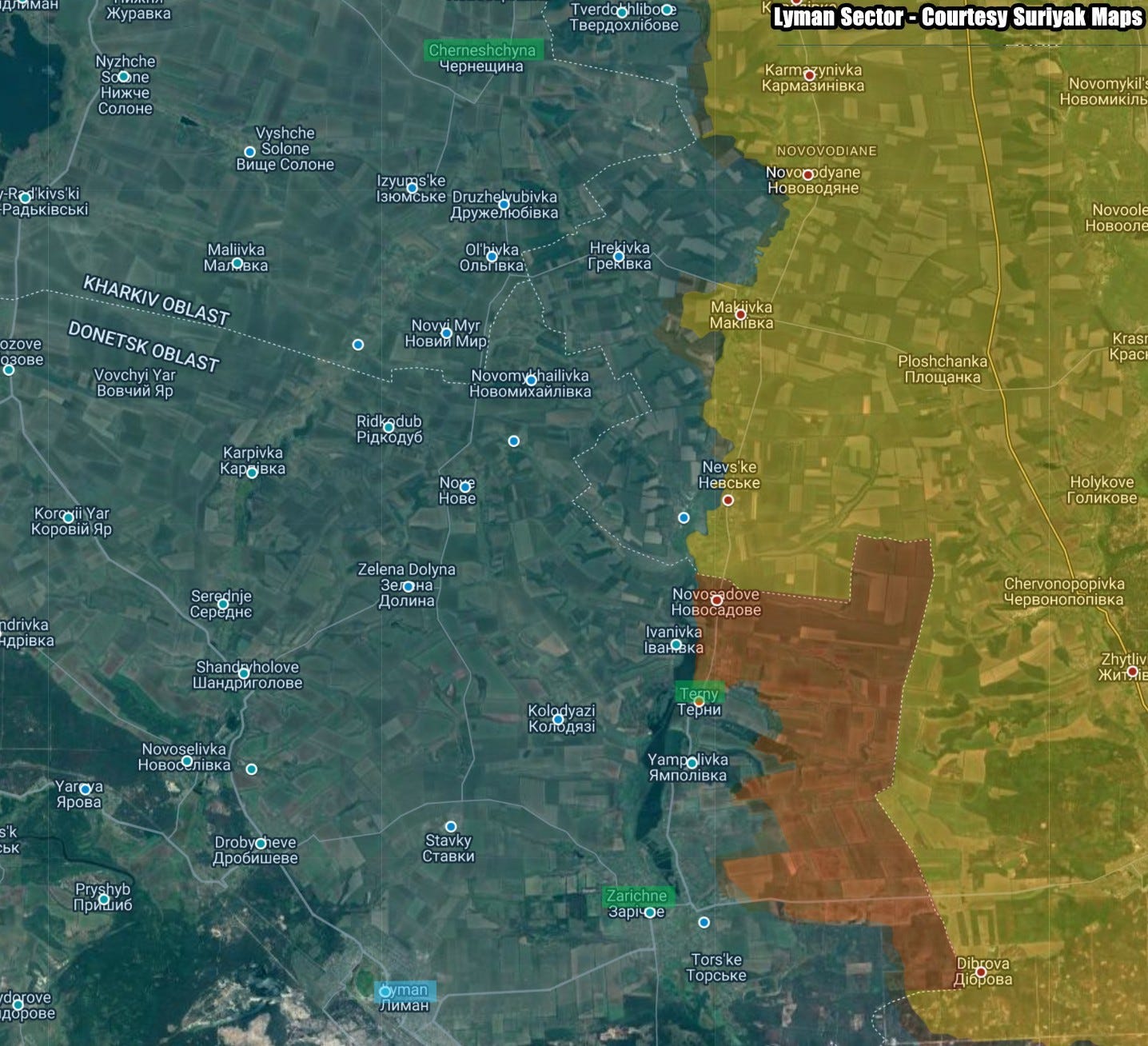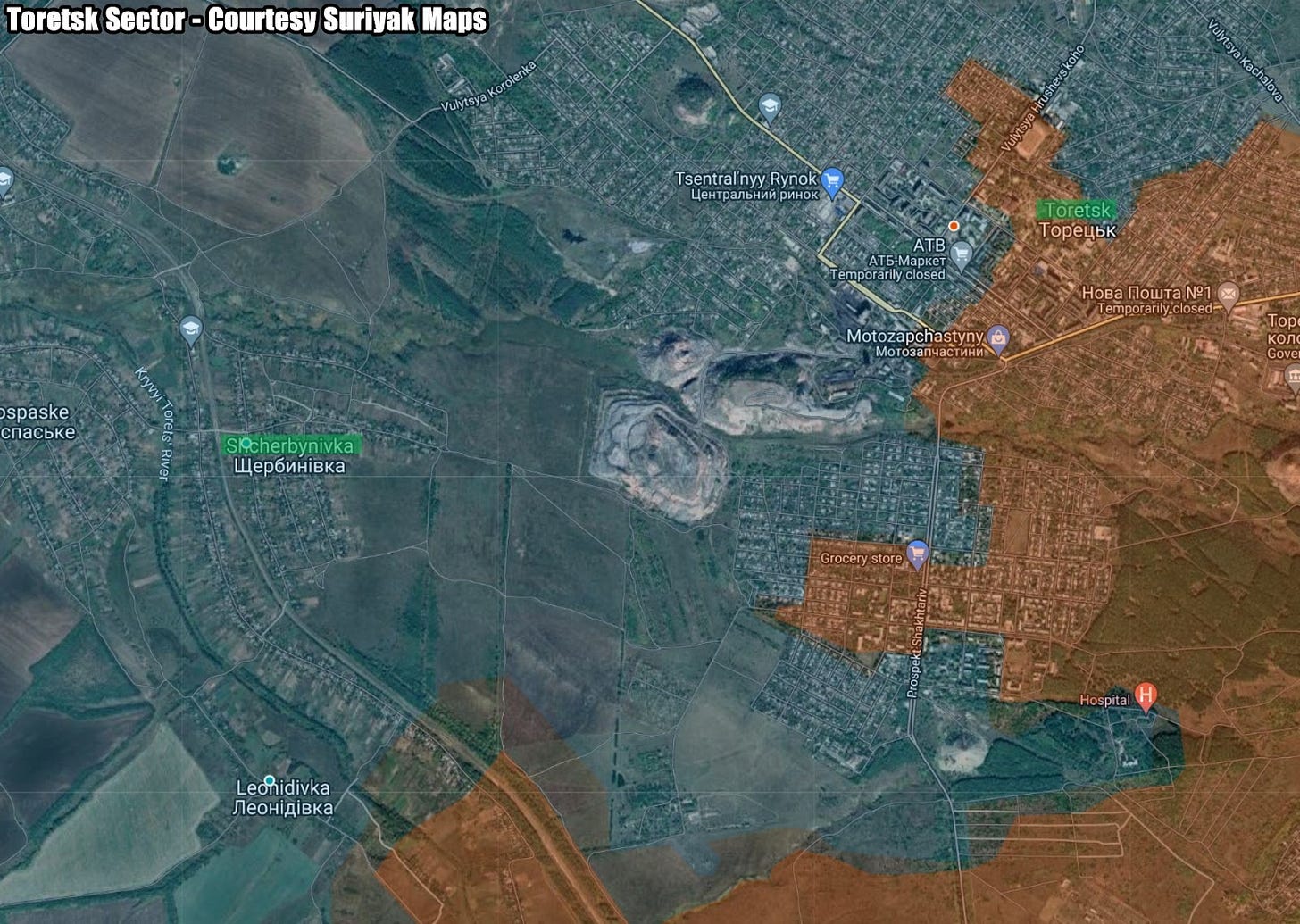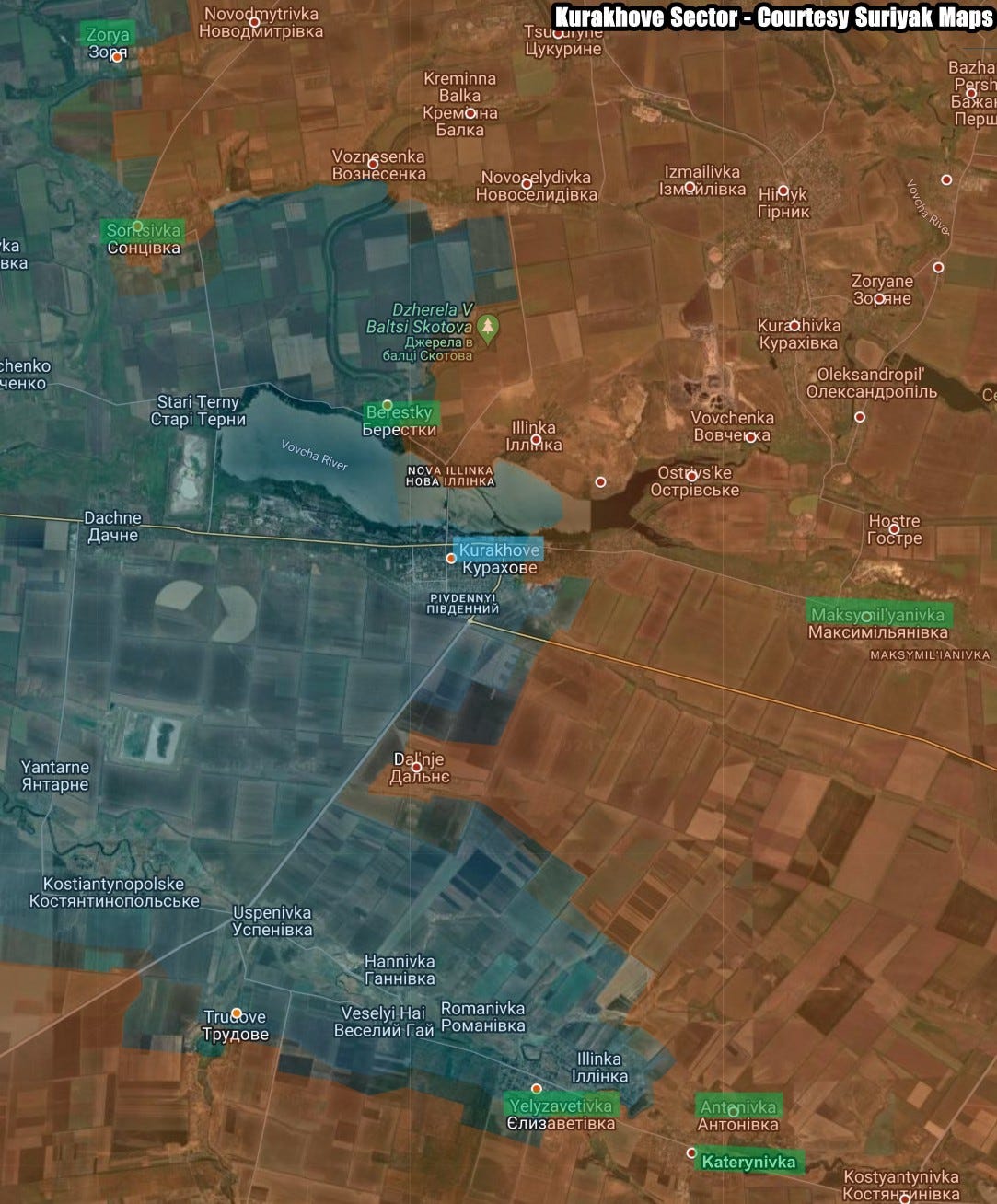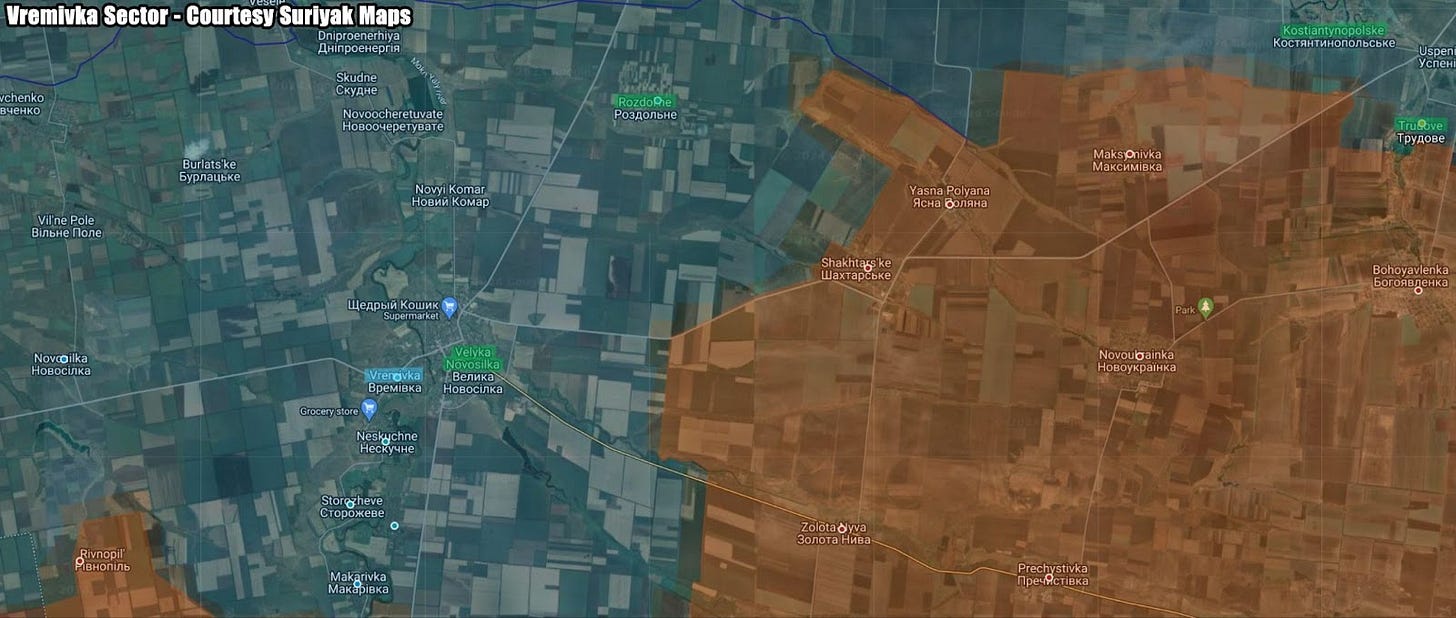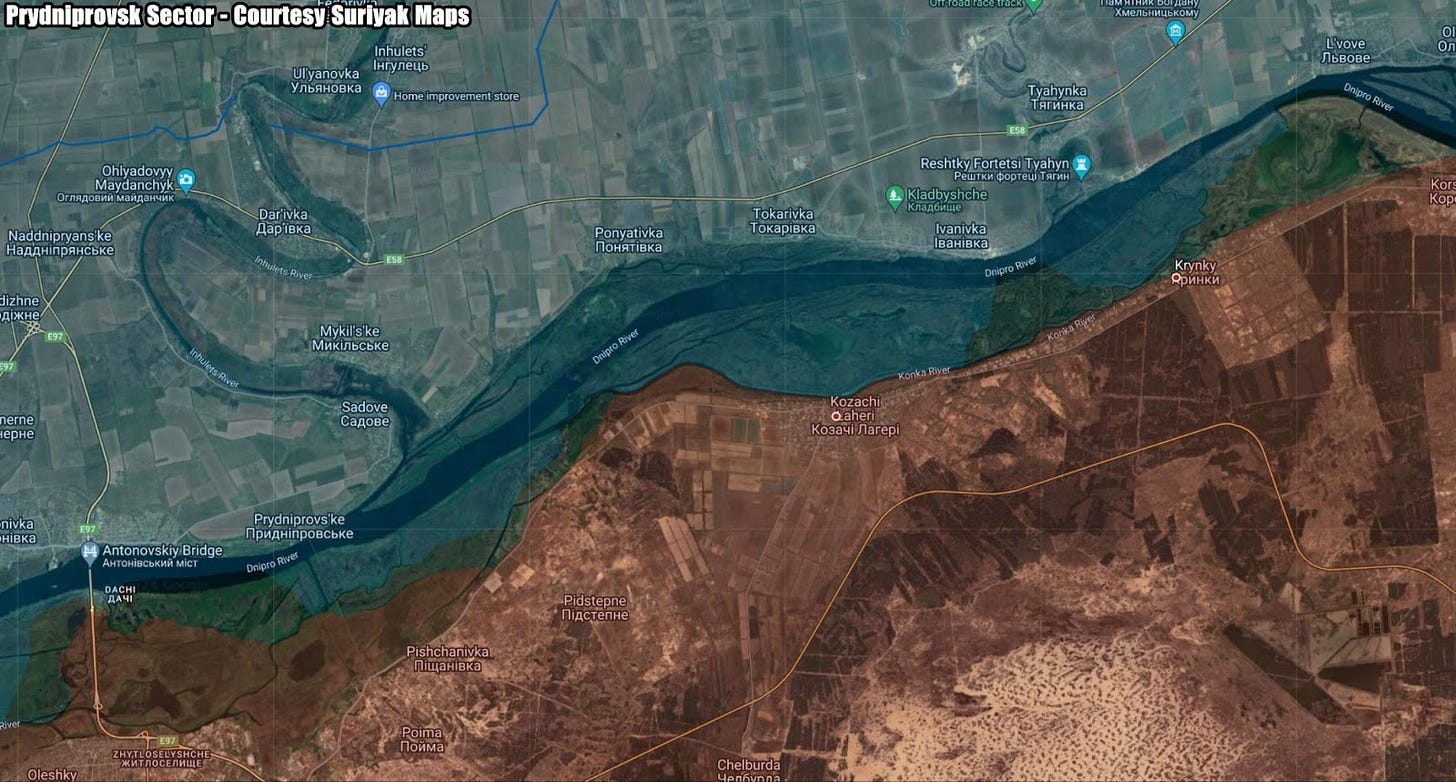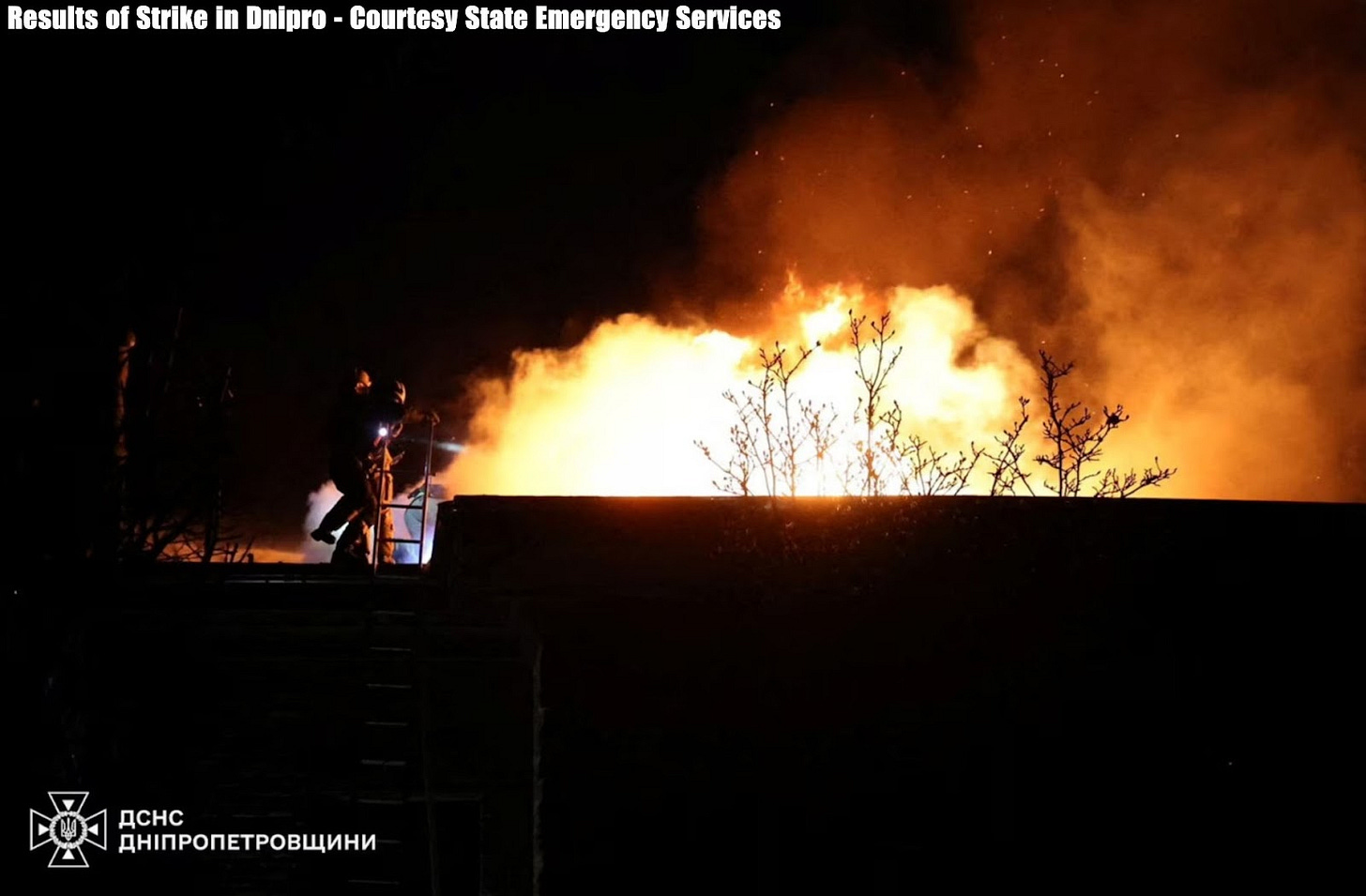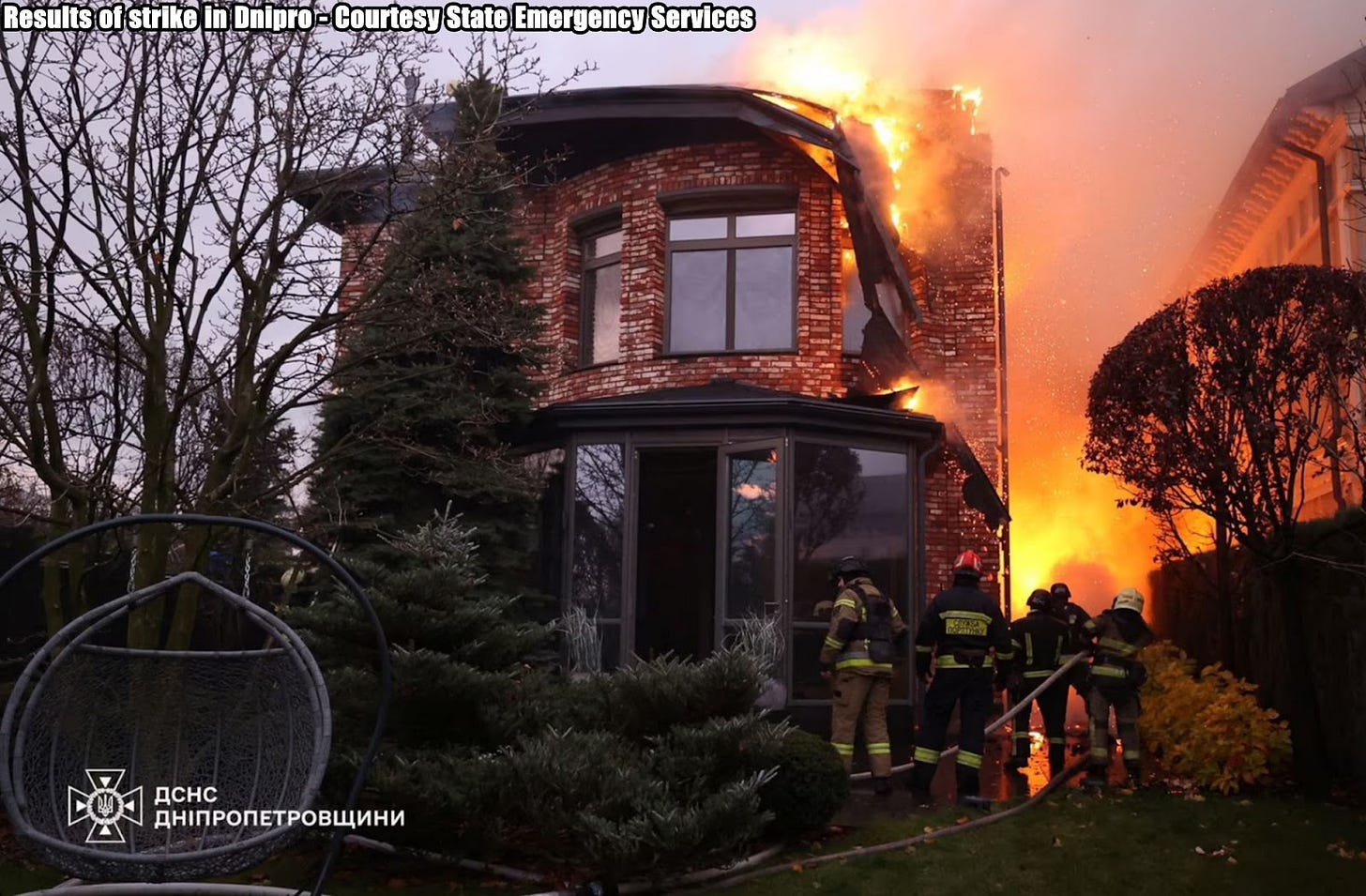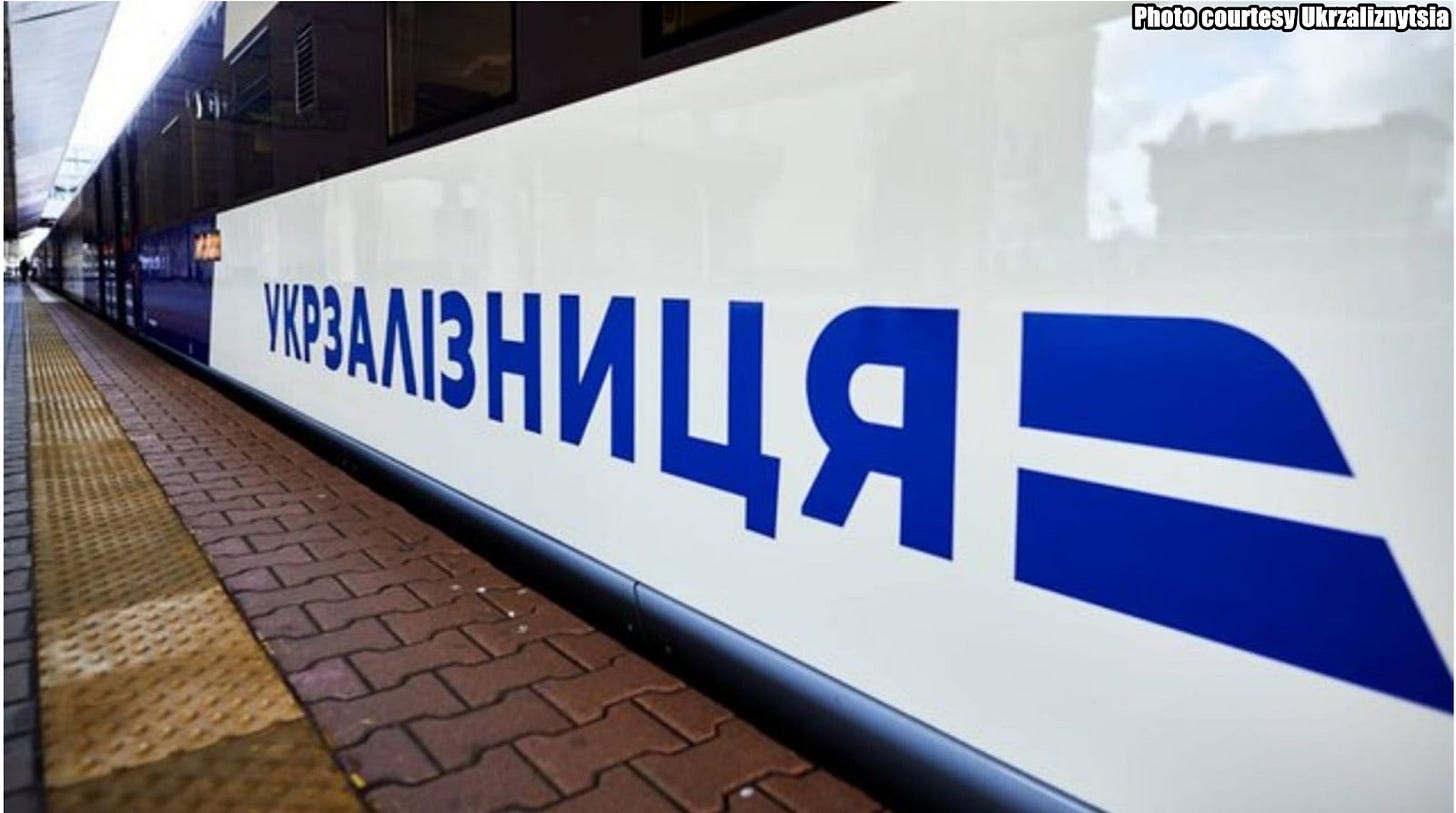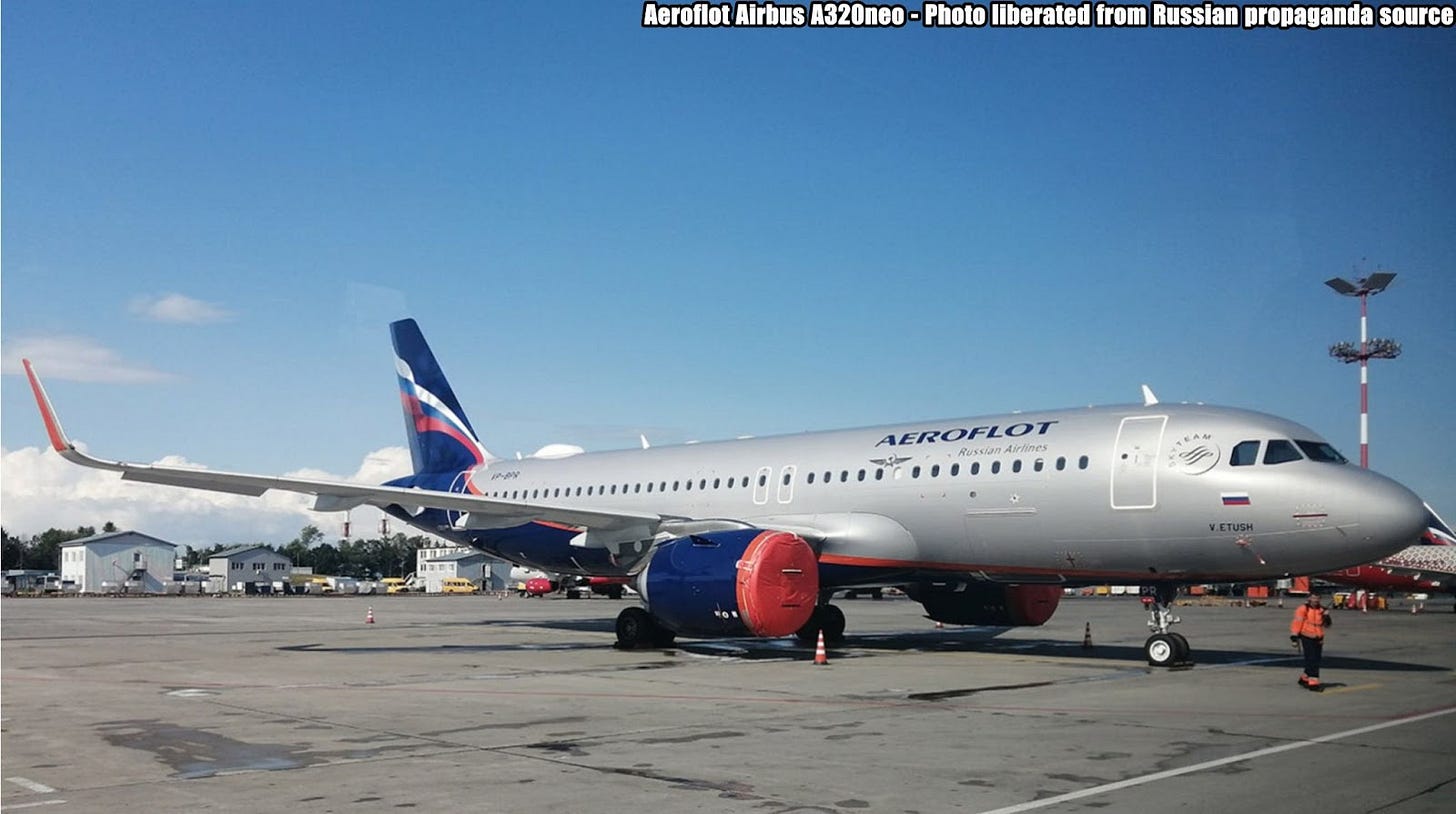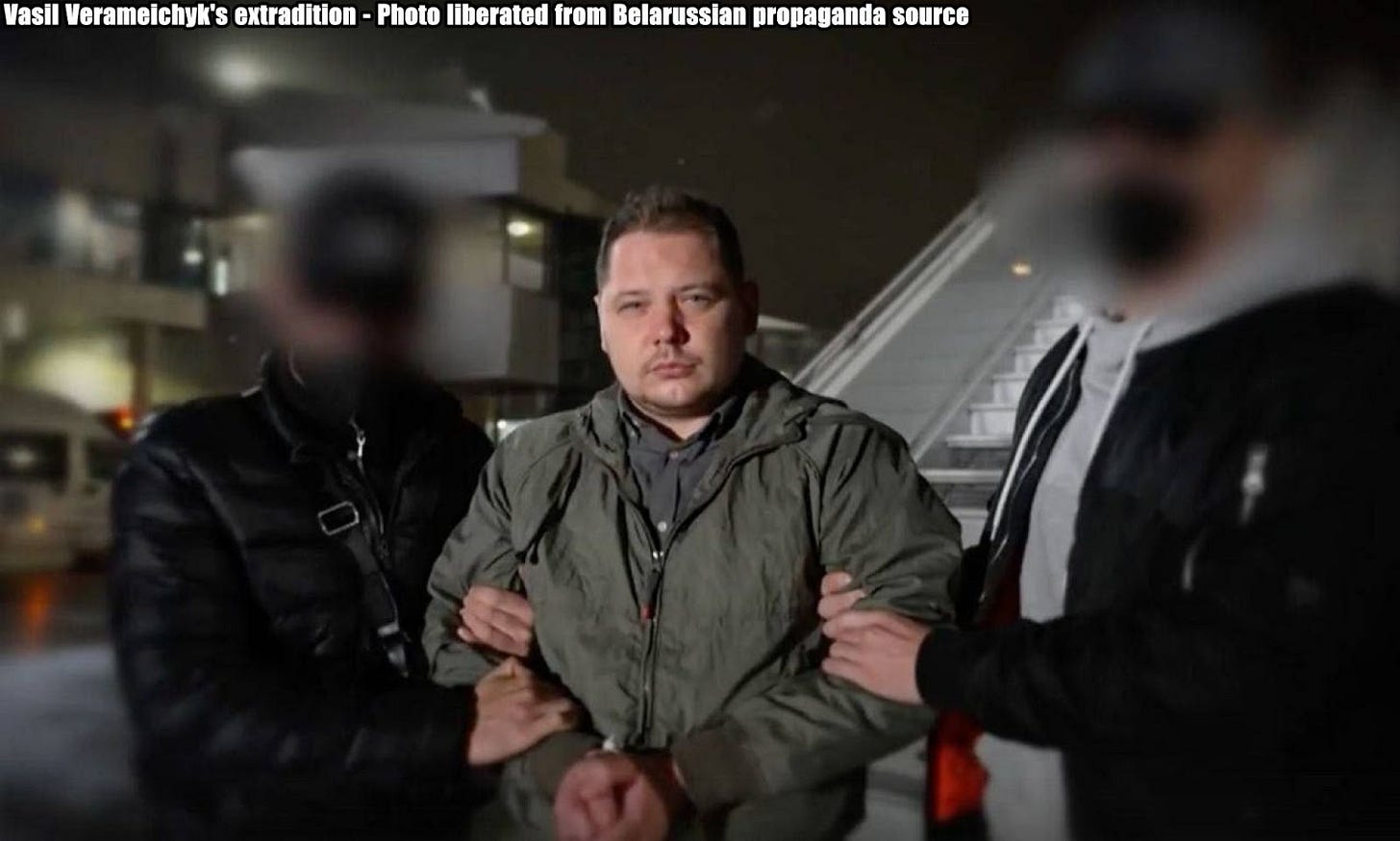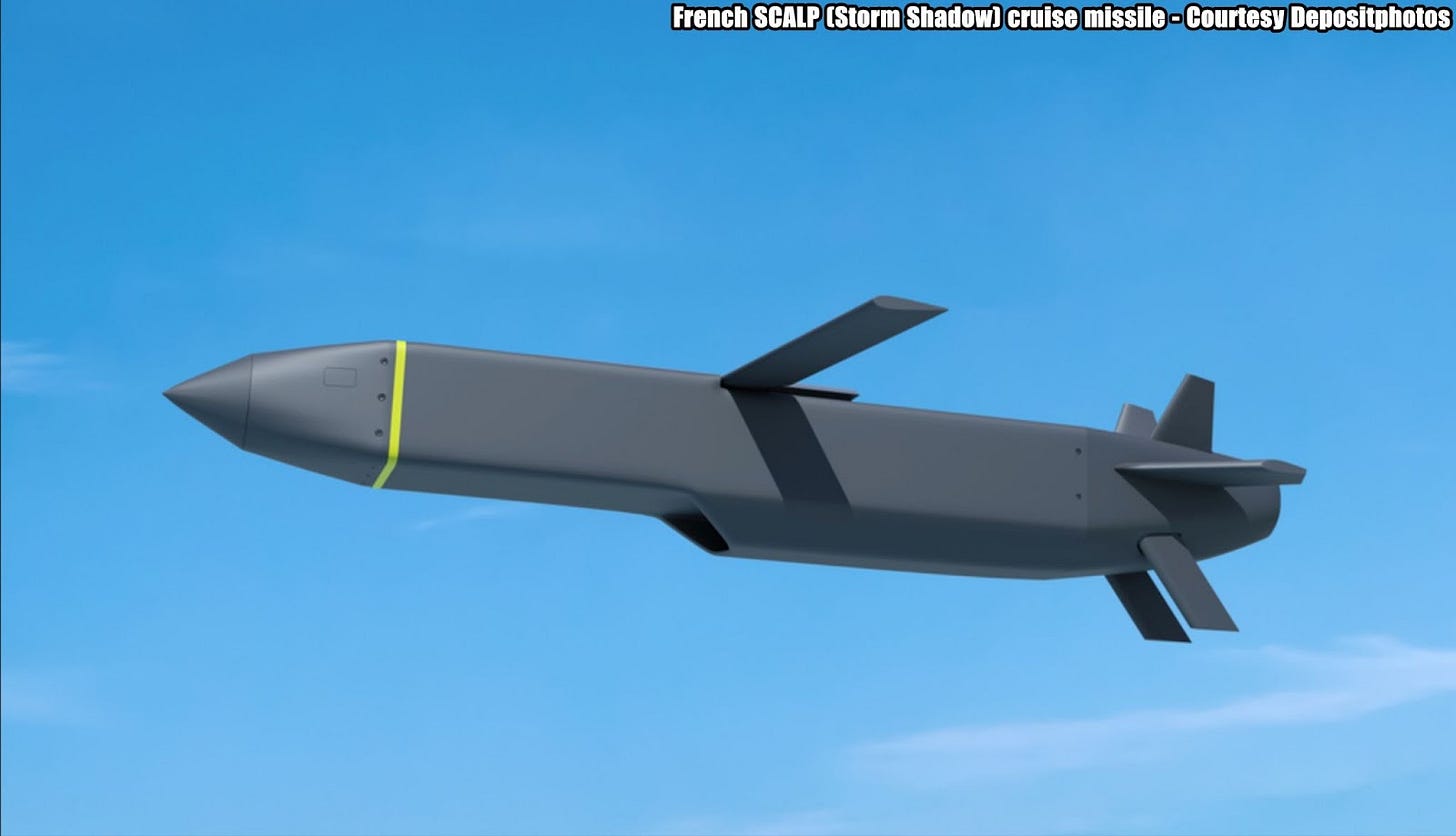Slava Ukraini! In early 2022 I began a Telegram channel aggregating news from a number of sources daily on the war in Ukraine. In June 2023 I began providing a daily draft for the Ukraine War Brief Podcast collecting news from over 70 sources daily, much of which formed the basis of the script. While the Podcast no longer exists I have continued to make this Brief available for my followers here on Substack for those who wish to keep up with the news from the war. A version of this Brief will also be made available on The People’s Media Substack for those who should choose to subscribe there.
All the latest news on the Russo-Ukraine War 6 days per week
ALONG THE CONTACT LINE
GSAFU Morning Report
The General Staff of the Armed Forces of Ukraine in its Operational Information update at 22:00 on Nov 20 stated that day 1002 of the full-scale invasion of the Russian Federation against Ukraine was about to begin.
During the past day, 147 combat engagements took place. Over the past 24 hours, the enemy carried out 1 missile strike, 61 air strikes, 560 drone strikes and more than 3,000 artillery strikes across the positions of Ukrainian forces.
At the same time, Ukrainian soldiers continue to inflict losses in manpower and equipment on the occupying troops, exhausting the enemy along the entire front line and continue to disrupt the plans of Russian occupiers to advance deep into the territory of Ukraine.
Air Force Daily Report
On the morning of Nov 21, 2024, between 05:00 and 07:00, Russian troops attacked the city of Dnipro (enterprises and critical infrastructure) with missiles of various types. In particular, an intercontinental ballistic missile was launched from the Astrakhan region of the Russian Federation, an Kh-47M2 "Kinzhal" aeroballistic missile from a MiG-31K fighter, seven Kh-101 cruise missiles from Tu-95MS strategic bombers (launch area - Volgograd region) from the Tambov region .
As a result of anti-aircraft combat, six Kh-101 missiles were destroyed by units of anti-aircraft missile forces of the Air Force. Regarding the other missiles - there were no significant consequences.
Information about victims and victims has not yet been received. Once again, we ask citizens not to delay with air warning signals! And we call on all media people and bloggers to responsibly spread this or that information about the combat work of the Armed Forces of Ukraine and any threats to the Ukrainian state.
The Russian Border Incursion
The Institute for the Study of War (ISW), a US based think tank, in its Nov 20 Russian Offensive Campaign Assessment reported that Russian forces recently advanced in the Ukrainian main salient in Kursk Oblast amid continued fighting on Nov 20. Geolocated footage published on November 14 and 18 indicates that Russian forces recently advanced north of Zeleny Shlyakh (southeast of Korenevo) and northwest of Malaya Loknya (north of Sudzha), and ISW has not observed recent evidence of a Ukrainian presence in those areas.
The Russian Ministry of Defense (MoD) and several other Russian sources claimed on November 20 that Russian forces "routed" Ukrainian forces near the Olgovka forest (southeast of Korenevo) and cut off Ukrainian supply routes to their positions in this area, but ISW does not have confirmation of this claim.
Neither Russian nor Ukrainian sources reported fighting in Glushkovsky Raion west of the main Ukrainian salient in Kursk Oblast on Nov 20.
The Khortytsia operational-strategic group
(Responsible for the northeastern part of Ukraine. )
Kharkiv Sector: Over the last day Ukrainian Defense Forces repelled 4 Russian attacks in the area of Starytsya and Vovchansk.
Kupyansk Sector: Russian Forces carried out 23 offensive actions against Ukrainian defensive positions near Kucherivka, Kolisynivka, Kruhlyakivka, Zahryzove and Zelenyi Hai.
Lyman Sector: Russian Forces carried out 10 offensive actions against Ukrainian defensive positions near Cherneshchyna, Zarichne and Terny.
Siversk Sector: In this sector, over the last day, there has been no significant change in the combat environment. Russia conducted several air strikes on the town of Siversk.
Kramatorsk Sector: In this sector, over the last day, there has been no significant change in the combat environment. Russia conducted several air strikes on towns near the front.
Toretsk Sector: Over the last day Russian forces carried out 7 offensive actions with air support near Toretsk and Shcherbynivka.
The Tavria operational-strategic group
(Responsible for the central-eastern and southeastern part of Ukraine.)
Pokrovsk Sector : Over the past day, Russian Forces carried out 33 offensive actions against Ukrainian defensive positions near Myrolyubivka, Promin, Krasnyi Yar, Krutyi Yar, Lysivka, Dachenske, Zhovte, Petrivka, Hryhorivka, Pustynka, Yuriivka,Novooleksiivka and Pushkine. 11 engagements are ongoing.
Kurakhove Sector: Over the last day in this district Russia conducted 23 offensive actions in the vicinity of Zorya, Sontsivka, Berestky, Maksymilyanivka, Yelyzavetivka, Katernyivka and Antonivka. 11 engagements are ongoing.
Vremivka Sector: Russian forces made 28 attempts to break through Ukrainian defences in the vicinity of Novodarivka [not shown on map] Velyka Novosilka, Rozdolne, Kostiantynopolske and Trudove. 4 engagements are ongoing.
Orikhiv Sector: In this sector, over the last day, there has been no significant change in the combat environment.
The Odesa operational-strategic group
(Responsible for Kherson, Qırım, (also known as Crimea) and the Black Sea.)
Prydniprovsk Sector: In this sector, over the last day, there has been no significant change in the combat environment. Russian forces made 5 unsuccessful attempts to dislodge Ukrainian units from their positions on the left bank of the Dnipro.
TEMPORARILY OCCUPIED TERRITORIES
Nothing major to report.
THE HOME FRONT
Russia reportedly fires intercontinental ballistic missile in attack on Ukraine.
Russia fired an intercontinental ballistic missile during an attack on the Ukrainian city of Dnipro on Thursday, Reuters reported citing Ukraine's air force, in what would be the first use in war of a weapon designed to deliver long-distance nuclear strikes.
The launch, if confirmed, highlights rapidly rising tensions in the 33-month-old war after Ukraine fired U.S. and British missiles at targets inside Russia this week despite warnings by Moscow that it would see such action as a major escalation.
Security experts said it would be the first military use of an intercontinental ballistic missile. ICBMs are strategic weapons designed to deliver nuclear warheads and are an important part of Russia's nuclear deterrent.
"Today there was a new Russian missile. All the characteristics – speed, altitude – are (of an) intercontinental ballistic (missile). An expert (investigation) is currently underway," Ukrainian President Volodymyr Zelenskyy said in a video statement.
The Ukrainian air force said the missile was fired from the Russian region of Astrakhan, more than 700 km (435 miles) from Dnipro in central-eastern Ukraine. It did not specify what kind of warhead the missile had or what type of missile it was. There was no suggestion it was nuclear-armed.
Asked about the air force statement, Kremlin spokesman Dmitry Peskov told reporters to contact the Russian military for comment. During a weekly briefing, foreign ministry spokeswoman Maria Zakharova received a phone call in which she was told by an unidentified man not to comment, video footage showed.
Ukrainska Pravda, a Kyiv-based media outlet, cited anonymous sources saying the missile was an RS-26 Rubezh, a solid-fuelled intercontinental ballistic missile with a range of 5,800 km, according to the Arms Control Association.
The RS-26 was first successfully tested in 2012, and is estimated to be 12 metres (40 ft) long and weigh 36 tons, according to the Centre for Strategic and International Studies (CSIS). It said the RS-26 can carry an 800-kg (1,765-pound)nuclear warhead.
The RS-26 is classified as an ICBM under a nuclear arms reduction treaty between the United States and Russia, but it can be seen as an intermediate-range ballistic missile when used with heavier payloads at ranges below 5,500 km, CSIS said.
The Russian missile attack targeted enterprises and critical infrastructure in the central-eastern city of Dnipro, the air force said.
Ukraine's air force did not say what the ICBM targeted or whether it had caused any damage, but regional governor Serhiy Lysak said the missile attack damaged an industrial enterprise and set off fires in Dnipro. Two people were hurt.
Ukrzaliznytsia to launch Kyiv-Budapest train starting Dec 15
Ukrzaliznytsia will launch a daily direct train route between Kyiv and Budapest starting December 15, Interfax Ukraine reported citing a company announced on Thursday via Telegram.
"Train pair No. 9/10, connecting Kyiv and Budapest, will become the 20th international route operated by Ukrzaliznytsia," Ukrzaliznytsia's press service reported.
The train will feature standard sleeping cars, including four-berth coupe compartments and two-berth luxury compartments.
"This route was made possible after extensive diplomatic negotiations, ensuring the use of wide-gauge carriages, with at least eight carriages per journey, to transport Ukrainians to and from Hungary's capital. Budapest is home to the Ferenc Liszt International Airport, the largest in the region, with many flights now synchronised with the Ukrainian train schedule," said Ukrzaliznytsia Board Chairman Oleksandr Pertsovsky in the statement.
The train will depart from Kyiv at 10:16 AM, arriving in Budapest at 6:00 AM the following day. The return trip will leave Budapest at 10:40 PM, arriving in Kyiv at 7:11 PM. Tickets for coupe compartments are estimated to cost UAH 3,000.
RUSSIAN WORLD
Belgorod authorities distribute 9,000 fire extinguishers for residents to combat post-attack fires
Authorities in Russia’s Belgorod Oblast have distributed 9,000 fire extinguishers to residents to help them extinguish fires caused by ongoing air attacks, New Voice reported on Nov. 21 citing regional governor Vyacheslav Gladkov announcement on Telegram
Gladkov described the distribution, which began mid-summer, as an effort to give residents "additional means to save property." Villages such as Graivoron, Shebekino, and areas in Belgorod and Borisovka districts received the equipment.
Additionally, mobile fire stations equipped with water tanks, pumps, shovels, and first-aid kits were provided, according to The Moscow Times.
However, the supply of drone detectors and radios, introduced in October, remains limited. Gladkov suggested residents purchase radios independently due to shortages.
A Russian aerial bomb reportedly fell on a school in the village of Bykovka on Nov. 20.
Half of Russia’s Airbus A320neo Fleet Grounded Amid Engine Problems, Sanctions
Russian airlines have grounded 34 of their 66 Airbus A320neo family aircraft due to unresolved engine issues exacerbated by Western sanctions, The Moscow Times reports citing the Kommersant business newspaper reported Thursday, citing anonymous sources familiar with the matter.
The grounded jets are equipped with engines made by Pratt & Whitney, a subsidiary of RTX Corporation, formerly known as Raytheon. Last year, RTX identified a “rare condition” in the metal used for manufacturing certain engine parts, requiring “accelerated removals and inspections.”
Sanctions imposed on Russia have heavily impacted its aviation sector, halting the delivery of new aircraft and spare parts from major manufacturers Boeing and Airbus. Kommersant said that without proper maintenance, the A320neo and A321neo aircraft are expected to be decommissioned starting in 2026.
S7 Airlines, one of Russia’s largest carriers, has been hit hardest, with 31 of its 39 A320neo and A321neo jets grounded, according to Kommersant, which cited Flightradar24 data. Some airlines, including S7, reportedly plan to return roughly half of the grounded planes to service next summer before their expected decommissioning.
The A320neo and A321neo models account for about 10% of the foreign-made aircraft in Russia’s fleet, potentially disrupting 10-15% of passenger air traffic in 2025 and beyond.
INTERNATIONAL NEWS
EU - Russian ICBM strike in Ukraine would be a clear escalation
Russia using an intercontinental ballistic missile (ICBM) against Ukraine would be a "clear escalation" by Moscow, EU foreign affairs spokesperson Peter Stano told reporters on Nov. 21 after Kyiv said Russian forces deployed the weapon. The Kyiv Independent reports.
"While we're assessing the full facts, it's obvious that such (an) attack would mark yet another clear escalation from the side of (Russian President Vladimir) Putin," Stano said, according to AFP.
The Ukrainian Air Force said that Russia launched nine missiles, including a conventional ICBM, against the central-eastern city of Dnipro on the morning of Nov. 21, injuring at least two people and damaging several buildings.
President Volodymyr Zelensky later clarified that the investigation is ongoing but that the missile's "speed and altitude suggest intercontinental ballistic capabilities."
If confirmed, it would mark the first occasion of Russia deploying an ICBM in the war against Ukraine, coming shortly after the U.S. permitted Ukraine to carry out strikes in Russia with Western long-range missiles and after Russia updated its nuclear deterrence policy.
While an undisclosed Ukrainian official told ABC News that Ukraine was "95%" certain Russia deployed an ICBM, a Western official quoted by the news outlet disputed the claim, saying it resembled a regular ballistic missile.
It remains unclear what type of ICBM was reportedly deployed. The missile was launched from Astrakhan Oblast in southern Russia, over 700 kilometres (435 miles) east of Dnipro.
Russia has not immediately commented. In a video clip widely shared in the media, Russian Foreign Ministry spokesperson Maria Zakharova received a phone call during a press conference apparently asking her not to comment on reports about "ballistic missile strikes."
Zakharova later claimed she was merely asking "experts whether this was our topic," and the "answer came during the briefing: the Foreign Ministry does not comment. There is no conspiracy."
If the use of such a weapon is confirmed, it would mark "quantitative and qualitative change" in the war, according to Stano.
According to the spokesperson, Russia is "playing a nuclear gamble. Whether they really mean it, it's very hard to foresee."
"We only know that this is irresponsible and this constitutes a global threat," he added.
Belarusian who fought for Ukraine extradited from Vietnam to Belarus
Vasil Verameichyk, a former soldier of the Kalinouski Regiment fighting on Ukraine's side, was extradited from Vietnam to Belarus last week, the Kyiv Independent reported on Nov. 20 citing the independent Belarusian outlet Zerkalo.
Verameichyk now faces imprisonment, as the Kalinouski Regiment was recently declared a terrorist organisation by the Supreme Court of Belarus.
The Belarusian regime under dictator Alexander Lukashenko has backed Russia in its aggression against Ukraine and cracked down on Belarusian citizens actively supporting Kyiv.
Verameichyk supported the 2020 protests against the electoral fraud in Belarus and then fled to Ukraine. There he joined Kastus Kalinouski's regiment at the beginning of the full-scale war and fought on the Ukrainian side, according to Ukrainska Pravda.
Verameichyk later moved from Ukraine to Lithuania, where he was allegedly denied a residence permit because of his past service in the Belarusian army.
According to Belarusian media, he was arrested in Vietnam on Nov. 13 and extradited to Belarus the following day.
The Kalinouski Regiment is a military formation within Ukrainian forces, created in March 2022 to protect Ukraine from Russian invasion. It is composed of Belarusian volunteers.
In September, another fighter from the regiment who had been held in Russian captivity for two years was charged with mercenarism by Russian proxy authorities in the occupied part of Donetsk Oblast.
Following the Supreme Court's decision, Alexander Karpovich, head of the Belarusian Prosecutor General's Office, said that members of the regiment had allegedly recruited, armed, and trained "terrorists" and had been involved in financing "terrorist activities."
"On the basis of the provided evidence, the involvement of extremist-minded citizens, who are part of this formation, in the organisation, planning, preparation, and commission of acts of terrorism on the territory of the Republic of Belarus was established," he added.
The Belarusian regime brutally suppresses dissent at home, using surveillance, violence, and trumped-up charges with lengthy sentences to intimidate any opposition.
MILITARY & TECH
ISW - Ukraine conducts successful combined strikes against Russian targets
The Institute for the Study of War (ISW), a US based think tank, in its Nov 20 Russian Offensive Campaign Assessment reported that Ukraine conducted a successful combined strike against military assets in the Russian rear on the night of Nov 19 to 20 using drones and Western-provided long-range weapons.
The Guardian and Bloomberg both reported on Nov 20, citing anonymous sources, that Ukrainian forces have conducted the first strikes against military targets within Russia using UK-provided Storm Shadow missiles.Geolocated footage published on Nov 20 shows the aftermath of a likely Storm Shadow strike near Marino, Kursk Oblast. Several Russian milbloggers claimed that Ukrainian forces launched up to 12 Storm Shadow missiles at Kursk Oblast, fragments of which struck Marino. The geolocated footage of the strike suggests that the Ukrainian target may have been the Baryatinsky Estate in Marino, which the Ukrainian defence-focused outlet Defense Express suggested was housing a command post for Russian and North Korean troops operating in Kursk Oblast. ISW cannot confirm this claim at this time, but Marino is about 30km from the current Kursk Oblast salient, which would be an appropriate distance for an operational headquarters for troops conducting offensives along the salient.
Ukrainian forces also conducted a large-scale drone strike against the Russian rear on the night of Nov 19 to 20, particularly targeting military and defence industrial assets in Voronezh, Belgorod, and Novgorod oblasts. The Russian Ministry of Defense (MoD) claimed that Russian air defence systems destroyed or intercepted a total of 44 Ukrainian drones as of the morning of Nov 20, including 20 over Novgorod Oblast; five over Kursk Oblast; four over Oryol Oblast; three each over Belgorod, Tula, and Tver oblasts; and two each over Bryansk, Moscow, and Smolensk oblasts. Head of Ukraine's Center for Combatting Disinformation Lieutenant Andriy Kovalenko stated on November 20 that Ukrainian drones struck the 13th Main Missile and Artillery Directorate (GRAU) arsenal near Kotovo, Novgorod Oblast, at which Russian forces were reportedly storing ammunition for tube artillery; mortar mines; "Grad," "Smerch," and "Uragan" multi-launch rocket systems (MLRS) missiles; Iskander ballistic missiles; S-300 and S-400 surface-to-air missiles; North Korean provided KN-23 ballistic missiles; and Tor surface-to-air system missiles. Ukraine's Main Military Intelligence Directorate (GUR) reported that Ukrainian forces also struck a command post of the Russian "Sever" (Northern) Grouping of Forces in Gubkin, Belgorod Oblast. Ukrainian and Russian sources additionally posted footage of the aftermath of a reported Ukrainian drone strike against the EFKO Factory in Alekseyevka, Belgorod Oblast, which Kovalenko stated produces cargo drones for the Russian military. Russian sources reported that Ukrainian drones also hit an unspecified industrial enterprise in Voronezh Oblast and targeted an oil depot in Sosnovka, Samara Oblast.
The November 19 to 20 strike series indicates that Ukraine has already begun leveraging Western-provided long-range weapons systems to assemble more complex and effective strike packages. Ukrainian forces notably utilised both long-range strike drones and Storm Shadow missiles in the Nov 19-20 strike and struck a diverse range of military targets across the Russian rear.
ISW has long assessed that the systems and capabilities that Western partners are providing Ukraine, alongside Ukraine's indigenous defence industrial production and innovation efforts, are all constituent components of wider capabilities that Ukraine requires to successfully wage a multi-domain large-scale modern war.
Ukraine has already proven itself effective in using often domestically-produced drones to strike a variety of military targets in the Russian rear, including air bases, command headquarters, and artillery depots. Ukraine's arsenal already includes aerial and naval drones and Western-provided systems such as F-16s, HIMARS, and ATACMS, although the conditions of use on the latter systems have been restricted enough to limit the benefit Ukraine can accrue by using them.
The addition of more powerful and precise Western-provided systems, such as JASSMs and additional ATACMS, Storm Shadows, and SCALP systems, is crucial in enabling Ukraine to scale up the effects it can generate through long-range strikes against the Russian rear.
That’s it for today’s Brief folks if you would like to keep up with events in Ukraine daily please consider subscribing.
Feel free to share this update with your friends. Heroyam Slava!







